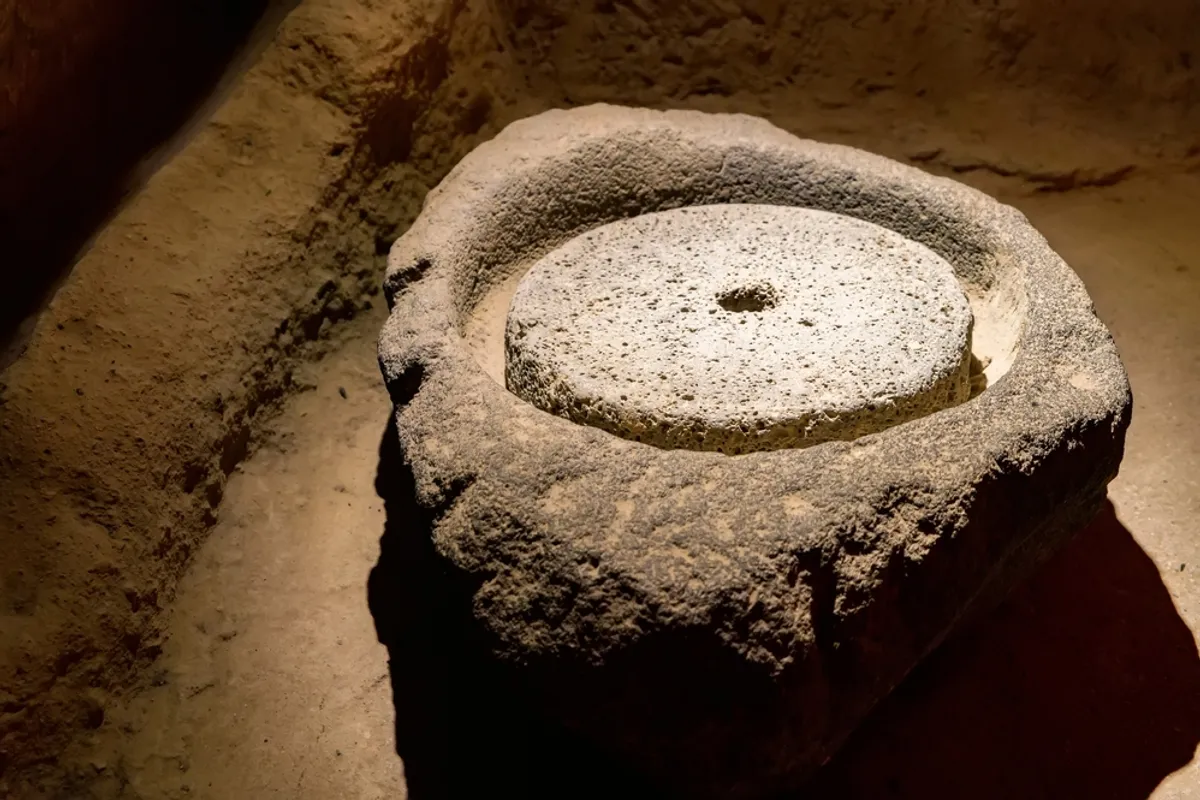In the rugged terrain of eastern Turkey, a peculiar, ship-shaped formation known as the Durupınar site has long intrigued both scientists and biblical enthusiasts. Located near Mount Tendürek, this 538-foot-long ridge bears a striking resemblance to the dimensions described for Noah’s Ark in the Book of Genesis. Discovered in 1959 by Turkish cartographer İlhan Durupınar during aerial surveys, the site has since been the subject of numerous investigations aiming to determine its origins.
Early explorations, including those by American researcher David Fasold, initially suggested the formation could be the petrified remains of the Ark. However, subsequent studies, including a 1996 peer-reviewed paper co-authored by Fasold, concluded that the structure is a natural geological formation, specifically a syncline composed of sedimentary rocks. The paper highlighted that features interpreted as man-made were, in fact, natural concentrations of minerals like limonite and magnetite.
Despite these findings, interest in the Durupınar site persists. Recent efforts by a team of researchers from the group Noah’s Ark Scans have employed ground-penetrating radar (GPR) to examine the subsurface of the formation. Their scans revealed angular shapes and a tunnel-like feature, which they argue could correspond to the Ark’s internal structure. Soil analyses also indicated differences in organic material and chemical composition within the formation compared to surrounding areas, suggesting possible decayed wood remnants.
While these findings have reignited debates about the site’s significance, the scientific community remains cautious. Many geologists and archaeologists consider the evidence insufficient to support claims of the formation being the remnants of Noah’s Ark, emphasizing the need for more rigorous, peer-reviewed research.
As investigations continue, the Durupınar site stands as a testament to the enduring human fascination with ancient legends and the quest to find tangible connections to them in the natural world.







